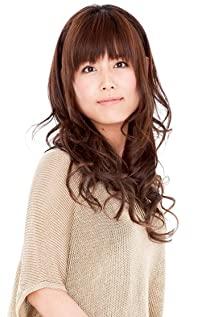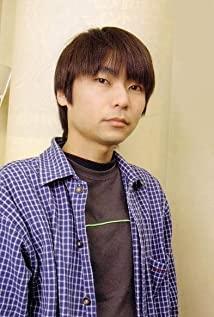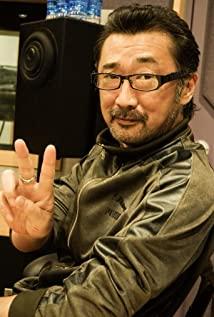First of all, if you don't understand "q", you will be clear after reading one, two or three more times. The author brushed it 6 times, and finally clarified the relationship between the first three parts. A complete plot usually goes through a four-stage process: emotional introduction - the first emotional climax - emotional trough - the second emotional climax (the strongest climax). The first three parts of the new theatrical version are completely based on the first three paragraphs of the four-paragraph format of the general complete plot: "emotion introduction - emotional climax - emotional trough". At the same time, each individual theatrical version is also divided into the same four-part plot (the first three, each time the theatrical version title "you are/can (not)*** comes out, the first two paragraphs end, the last The sign of the beginning of the two paragraphs, but the only difference is "q", which should only be the first three paragraphs, because the ending reaches the emotional trough). "Preface" is an introduction for emotion, and it initially tells the world view of eva, and the second generation Ayanami and Shinji initially form a bond The process of (love) ended relatively calmly; then in the second "Broken", the ruffian directly mobilized all the audience's emotions and inserted a large number of emotional scenes, which can be said to make the audience watch it heartily and vividly, and also in "Broken". "The end reached the first emotional peak of the four-part series, and the bond and love of the second generation of Ayanami and Shinji reached the first climax (if the last "End" continues to tell the emotional line of Shinji and Ayanami, there is a high probability There is also a second and bigger climax of the two people's emotions, which may be with the third generation of Heiyi Li, or with the second generation of Baiyi Li), and at the same time further tells the eva worldview. Such a strong emotional expression, as well as the strong expression in "Broken" The first promotion and the later depression directly make "Broken" the best word-of-mouth work in the trilogy that has been released.
Next is the third "q", "q" is the "emotional trough" in the four-segment style. Compared with the Avengers III in the Avengers tetralogy. Some people will ask why "q" will cross the 14-year span in an instant, and not follow "q".
Based on personal speculation, first of all, the ruffian's consideration is that the ruffian wants to find a breakthrough in the plot in the new theatrical version, and does not want to follow the old TV version step by step. Therefore, according to the length of the four-part series, the best way to complete the four-part emotional journey is to have one theatrical version corresponding to one paragraph, thus completing the complete plot of the new four-part series. Secondly, what happened between 14 years, the answer we can find in the trailer at the end of "Broken". In fact, this is a forewarning, it is just a forewarning of what happened in the span of 14 years, and it can also be called an account of what happened in the past 14 years. There are many scenes in "q", and the plot takes care of (hints) the things in this trailer. The specific content will not be analyzed. Many movie reviews have explained it, and you need to find it yourself.
Undoubtedly, these 14 years have been without the participation of the male protagonist Shinji, because Shinji and the second generation Ayanami have been sleeping in the sealed No. 1 machine. If we follow the story of "Broken" and make a theatrical version of the past 14 years, it will only serve as a transitional role, but there is absolutely no male protagonist of the whole drama in the theatrical version, nor the emotional heroine of the first two films (the second generation Ayanami Rei). ), then there’s a good chance the show will be pretty boring. And in the four-part series, insert a theatrical version without the protagonist. With the length of the four-part series (1.5~2h each), it will be quite difficult to realize the emotional four-stage style of the male and female protagonists and the audience. Because the third drama, the third paragraph, which was supposed to make the male protagonist autistic, became the explanation and transition of the 14-year plot without the male protagonist. The remaining two parts are concentrated in the last one, which is very unreasonable (some people will ask: "Why not make five parts?" Then you go ask the ruffian).
In "q", "the male protagonist and the audience are confused", which can be said to be in line with the director's intention. Almost all of "q" takes the male protagonist Shinji as the first point of view. The doubts and confusion he feels will be reflected in the hearts of the audience in real time. This may be the malicious intention of the ruffian "in order to make the audience and the male protagonist synchronously self-isolate". But "q", like the first two, is the most authentic interpretation of the male lead's emotions. Moreover, the lines in "q" are not insane. If you don't understand, you can search for some movie reviews about the plot. I won't explain much here.
It is speculated that the fourth part must be the most emotional climax of the whole four parts, so the complete plot of "emotion introduction-the first climax of emotion-the trough of emotion-the second climax of emotion" is completed. As for the male protagonist Shinji and who reached the climax of the four-part emotional climax? We'll have to wait for the release to find out. Let us look forward to the release of the last one. This is really a complete game of chess.
View more about Evangelion: 3.0 You Can (Not) Redo reviews








